9 Best Studio Headphones for the Ultimate Recording Experience
Should you invest in a good pair of studio headphones, or any will do? If you’re just starting out, you might not realize the importance of having high-quality headphones when recording and mixing songs, podcasts, or voiceovers.
In this article, we want to help you choose the best studio headphones for registration. So read on to find out why you should use special headphones.
Do you really need studio headphones?
The short answer is yes.” You need studio headphones, and you shouldn’t just use any gaming headset you drag.
Recording and mixing are two very different tasks in a studio, and professionals use two different types of headphones. Since recording requires maximum noise isolation to prevent sound from leaking into the microphone, closed earphones are used.
The unfortunate side effect of total sound isolation is lower sound quality. For this reason, professionals use open-back headphones to recorded sound mixing. These headphones have optimal sound quality but at the expense of isolation. With that in mind, here are some of the best studio headphones, both closed and open, so you can get the best recording experience.
The Beyerdynamic DT 700 are semi-closed, on-ear headphones that deliver reliable, distortion-free sound. It benefits from a new transducer technology with its STELLAR.45 drivers, which improves the sound compared to its predecessor DT 700 Pro. The comfort level is incredibly high with passive cushioning and memory foam. These headphones have been designed for long recording sessions where comfort is paramount.
The DT 700 Pro X is a good choice as studio headphones and for everyday use due to its 48 ohm impedance rating. The frequency response is between 5 Hz and 40 kHz, providing clear and natural sound. Sound insulation is good. The attenuation of the DT 700 Pro X is between 30 and 50 dB, depending on the height of the noise. This won’t prevent you from hearing an airplane’s jet engine go by, but it will cancel out any chatter or unwanted sound coming from inside the studio.
The ATH-M50X is very popular among modern audiophiles and professionals and is a strong competitor to Beyerdynamic. This headset is very comfortable and lightweight, and it can easily fold and fold if you’re on the go. Its ear cups are circumaural and swivel for more comfort when resting on your shoulders. It even has a detachable cable that can be easily replaced if needed.
The sound quality of the Audio-Technica ATH-M50X is good, although it doesn’t quite hit the high frequencies. On the other hand, the mids and lows are very clear and forward. This particular Audio-Technica model has a low impedance of just 38 ohms and a frequency response between 15Hz and 28kHz. It has 45mm large-aperture drivers with rare-earth magnets. Exceptional sound clarity is also achieved with copper clad aluminum wire voice coils.
If you’ve been in the studio recording business for a while, chances are you’ve heard of the Sennheiser HD 280 Pro headphones. They’re the industry standard for enclosed design options, and for a reason. Although the HD 280 Pro doesn’t really have any special features, it’s one of the most reliable headphones.
Although closed, the Sennheiser HD 280 Pro was not designed to cancel noise. However, the excellent seal of the pads to your head isolates you significantly from high frequencies. With a frequency response of 8 Hz to 25 kHz, the HD 280 Pro is a good choice for recording, mixing and monitoring in the studio. It turns out to be a very versatile sound tool.
Another industry standard and competitor to the Sennheiser HD 280 Pro, the Sony MDR-7506 has die-hard fans among recording and broadcasting professionals. But Sony has the edge over Sennheiser when it comes to comfort. The MDR-7506 has an extremely comfortable fit for extended wear without compromising sound quality.
These large-diaphragm headphones have 40mm drivers, with neodymium magnets and a frequency response of 10Hz to 20kHz. The impedance is 63 ohms and the attenuation is similar to the Sennheiser HD 280 Pro. If the excellent specs aren’t enough, Sony MDR-7506 is a budget option for beginners.
Audiophile geeks describe the Shure SRH1840 as headphones with premium quality sound. These professional open-back studio headphones are some of the most expensive options on the market. But they offer very smooth bass and treble and a precise bass response. The listening experience with SRH 1840 is impressive.
The Shure SRH1840 has individually matched 40mm neodymium drivers with a steel frame. But a vented center pole is added to eliminate internal resonance and ensure consistent sound quality. It has a frequency range of 10 Hz to 30 kHz, an impedance of 65 ohms and a sensitivity of 96 dB/mW. Keep in mind that these are open-back headphones and there is no noise cancellation. However, the sound that comes out of it is as natural as possible, perfect for mixing.
Many audiophiles agree that the AKG K701 are impressive headphones. They have been in production for over a decade and are still among the best studio options. These 50mm driver size headphones have an open-back design with an impedance of 62 ohms.
AKG K701 is also very attractive, with large ear cups and a leather headband that gives these headphones a vintage look. The low clamping force ensures comfort during long hours in the studio. With an audio frequency bandwidth of 10-39800 Hz, the K701 delivers crystal clear highs, smooth lows and fantastic highs. However, they are not suitable for modern bass-heavy music, although they do play bass decently.
These headphones are a long-time favorite among audio professionals. It’s probably the most comfortable headset you’ve ever tried. Their design secret is in the form of ear cups and extra padding that makes them feel like they float around your ears. But Sennheiser HD 650 are open-back headphones, which means they will leave a lot of noise. They are not intended for everyday use, although it is tempting to use them for musical enjoyment due to the great sound they produce. They work best in a recording studio environment.
The frequency response of the HD 650 is between 10 and 41,000 Hz, and the speakers are dynamic with neodymium magnets. There is virtually no inter-modulation sound distortion. Their impedance is 300 ohms. That doesn’t mean they won’t work on a smartphone, but the more amplification, the better the sound they produce.
If you are looking for professional headphones with high quality neutral sound but for less money, Beyerdynamic DT 990 Pro should be your choice. This is a perfect mid-range studio headphone model for mixing, editing and mastering sound. They have a wide frequency response range, from 5Hz to 35kHz, and a powerful bass presence, although the sub-bass is weak. Bass, mids, instruments and vocals are perfectly balanced.
With an impedance of 250 ohms, the DT 990 Pro requires an external amplifier. The design of this model is very robust, and although the cable is not replaceable, it will last you for years. As with other open-back headphones, don’t expect noise cancellation. The noise leak makes Beyerdynamic almost useless outside the studio.
If you prefer in-ear headphones, you can choose ATH-E70. Know that no earbud will ever come close to a headset when it comes to sound production. However, Audio-Technica offers a solid solution with this model, especially for a home studio. The only segment where these studio monitors fail is the bass. But this is due to the physics and design of the headphones. They just can’t produce the necessary punch.
The impedance of the ATH-E70 is 39 ohms. It features three balanced armature drivers that deliver crisp, clear responses across the entire frequency range (20Hz to 19kHz). Its housing is also specially designed for noise cancellation to help you focus only on the music.
So what are your favorite studio headphones, and why? Leave a comment below and let us know more about your experience with the headphones.

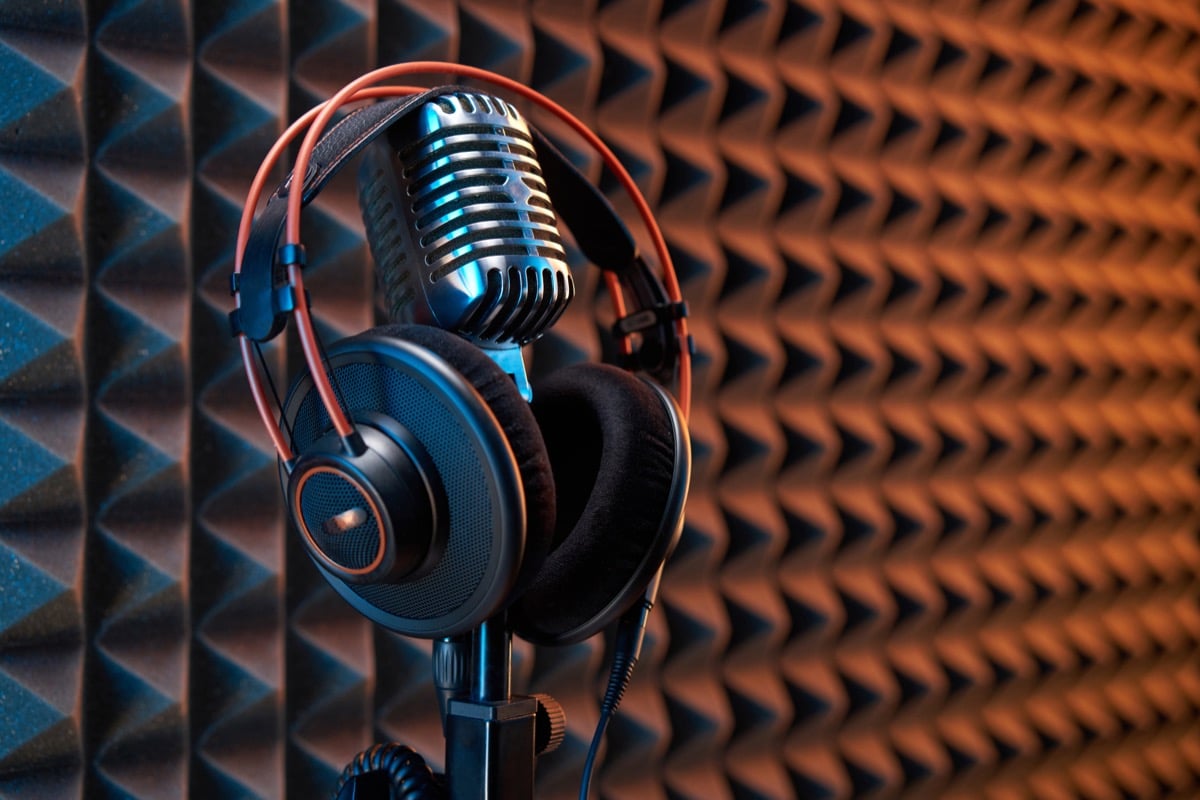

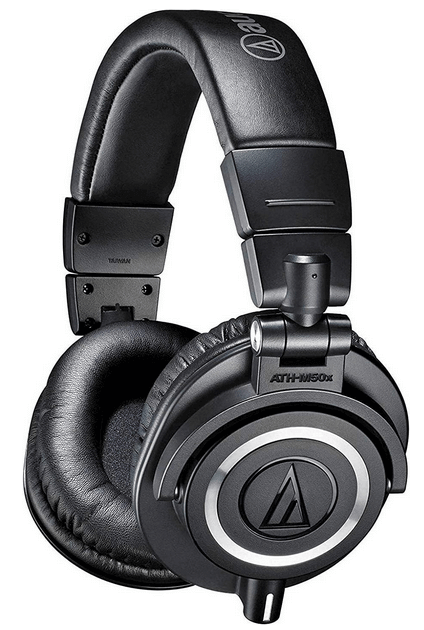
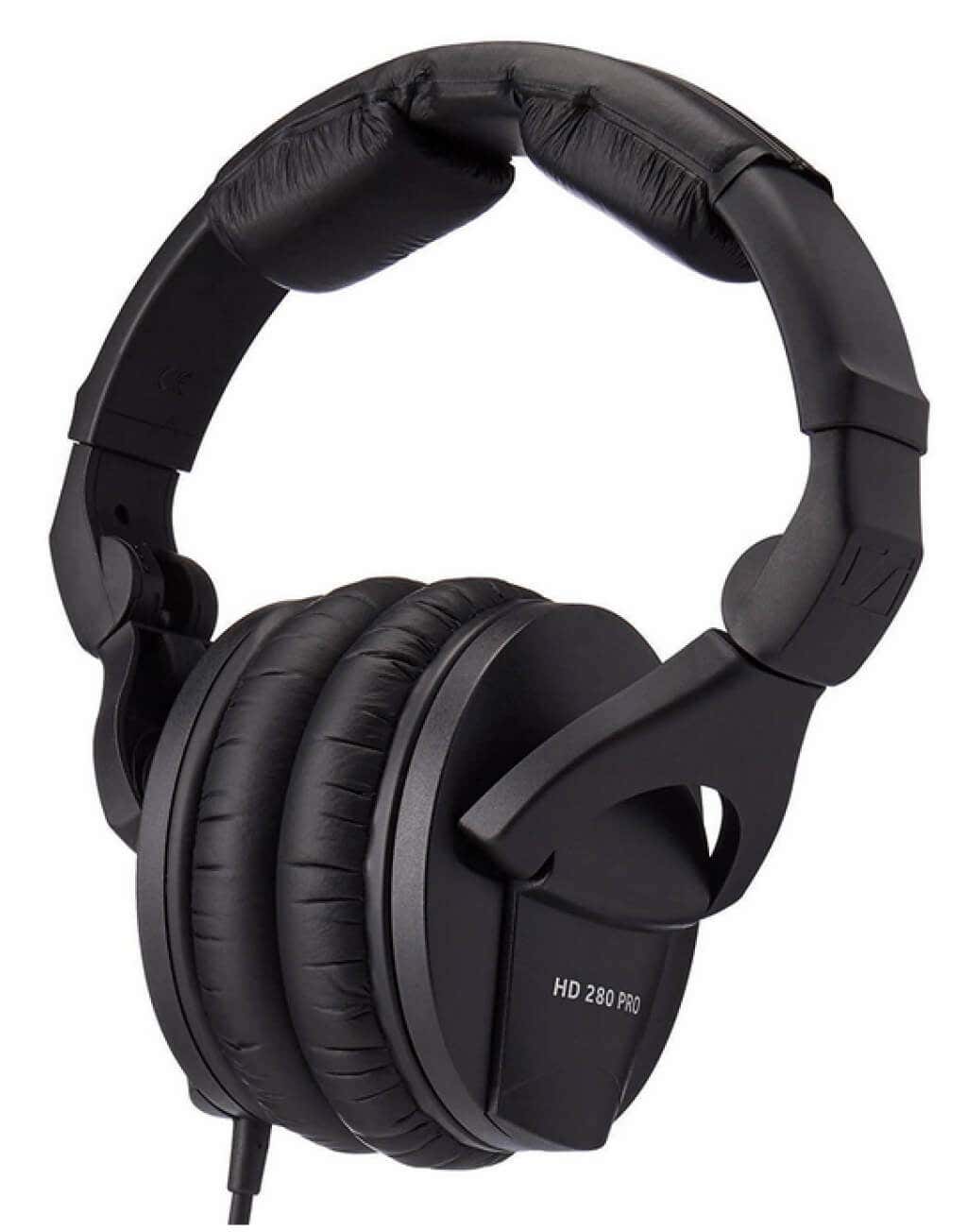
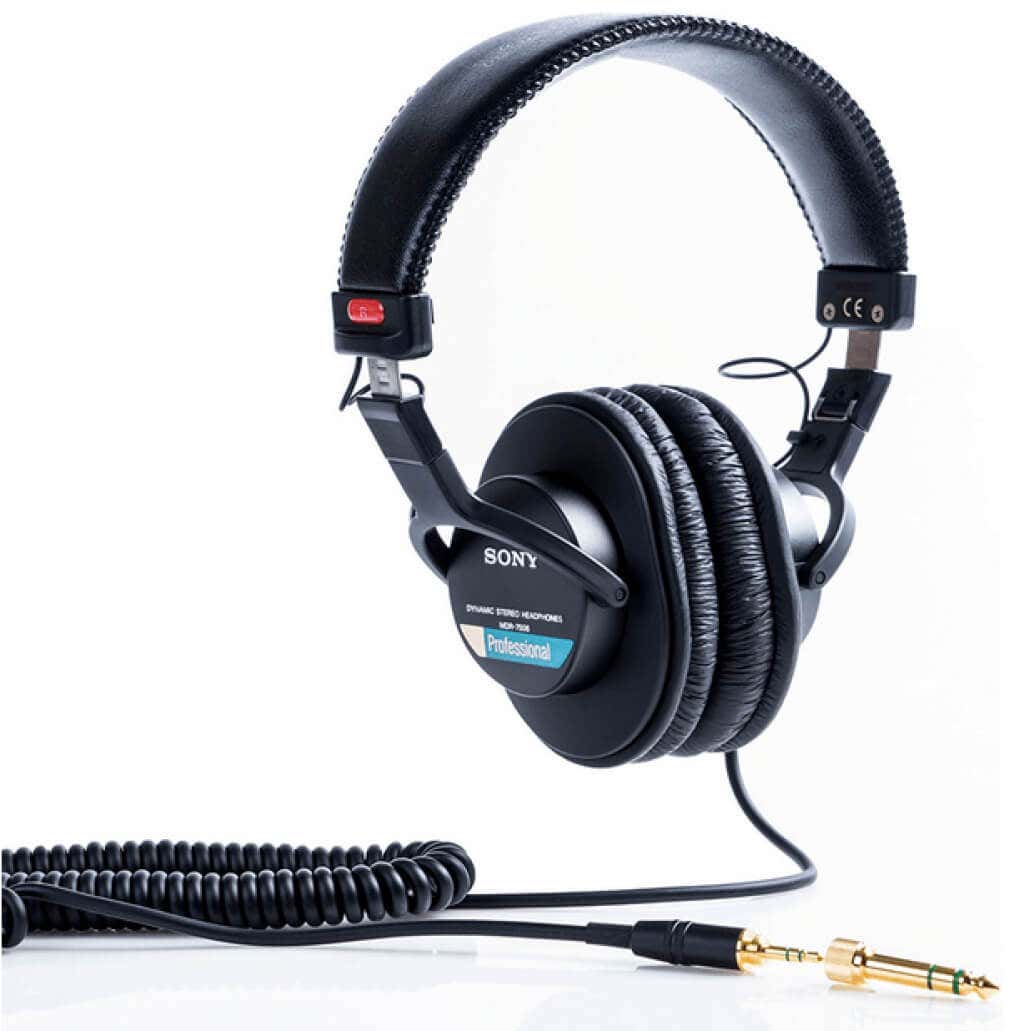
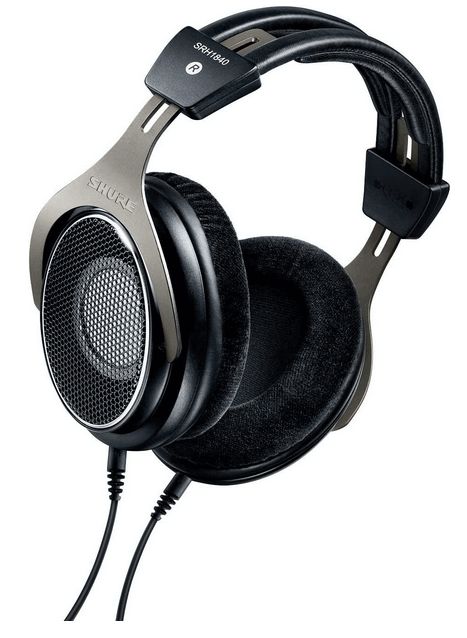

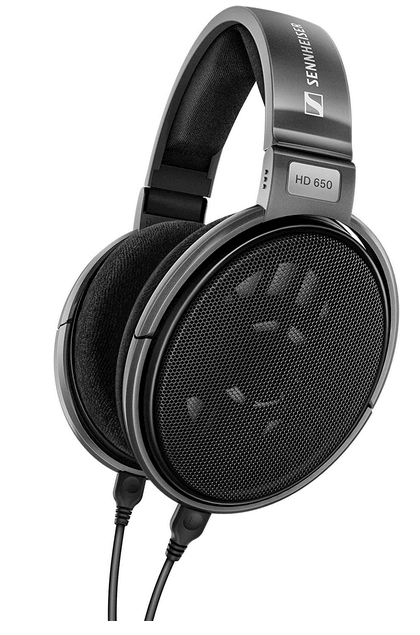
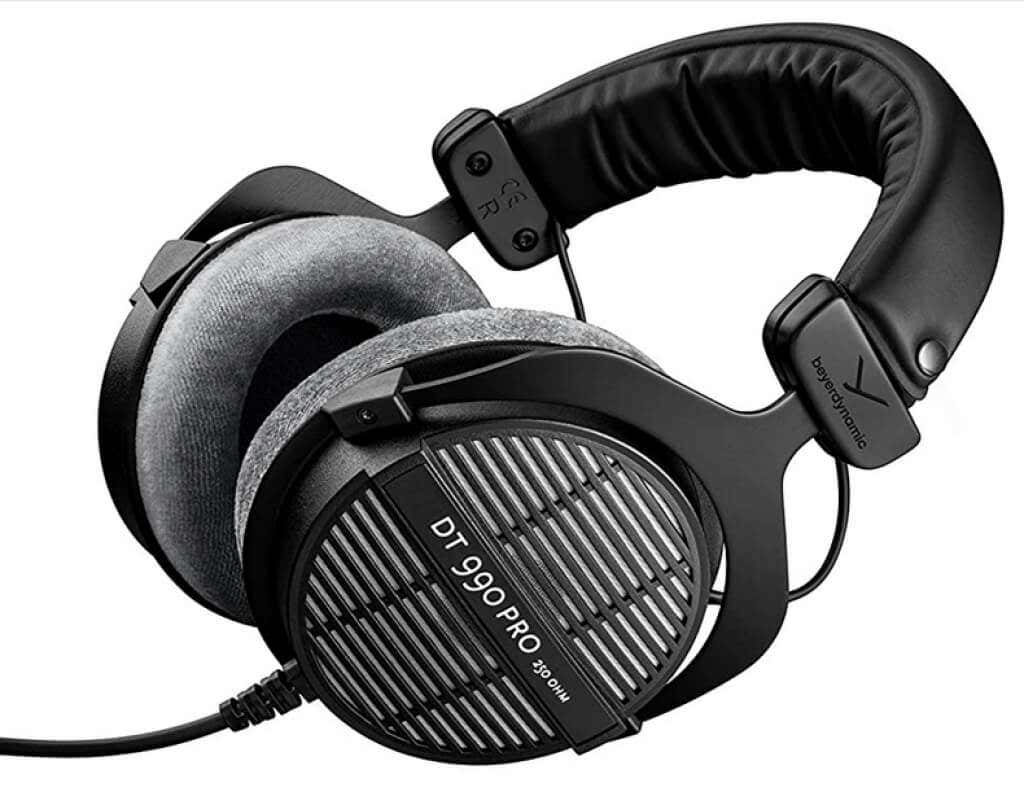
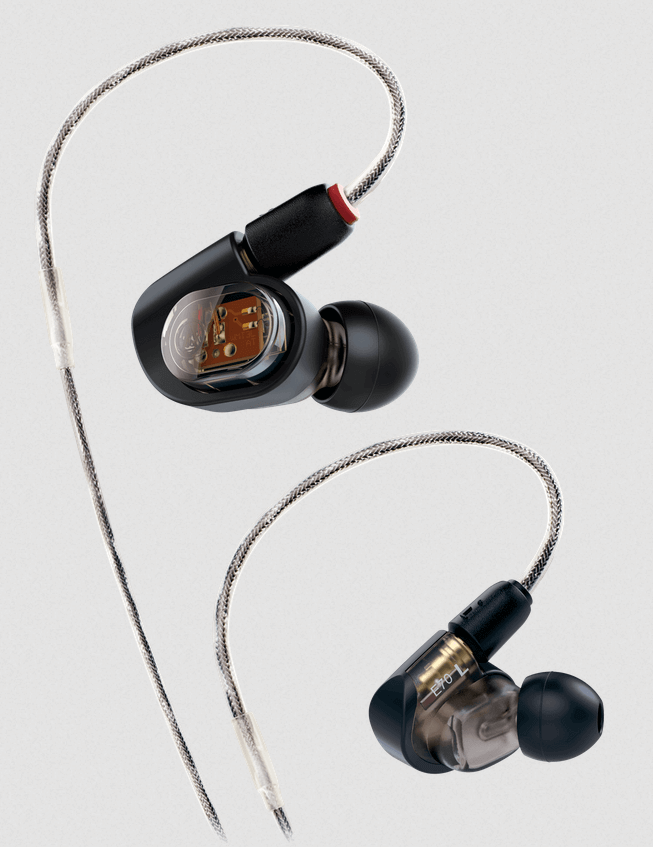
Comments are closed.